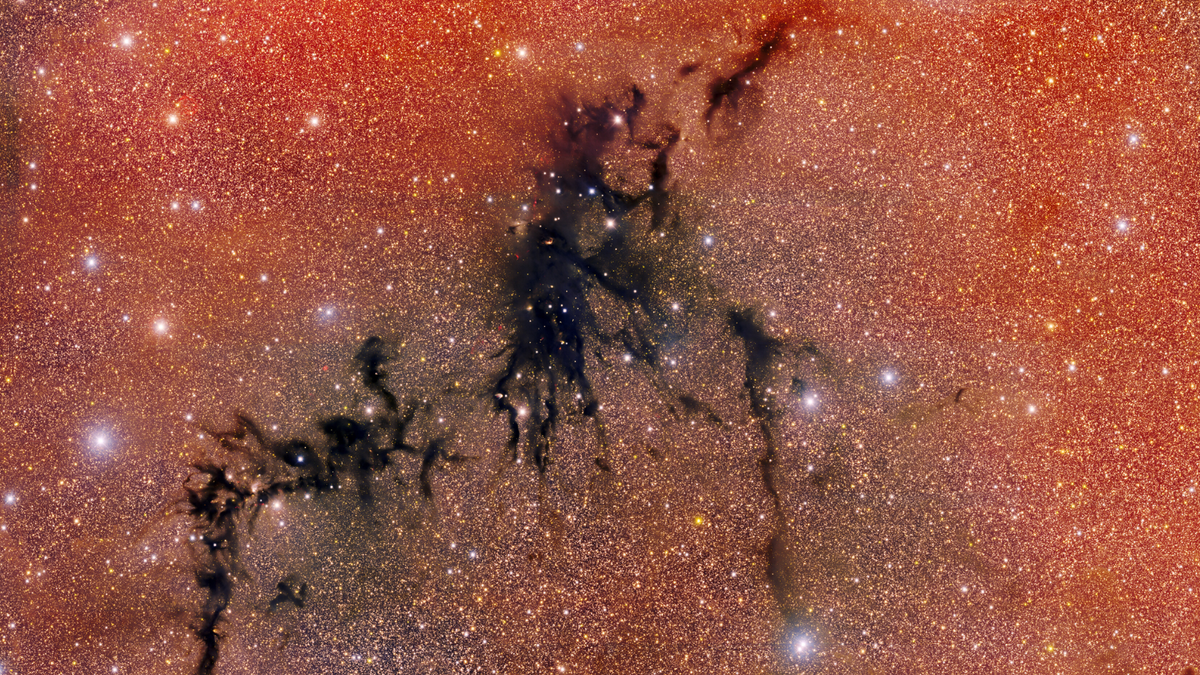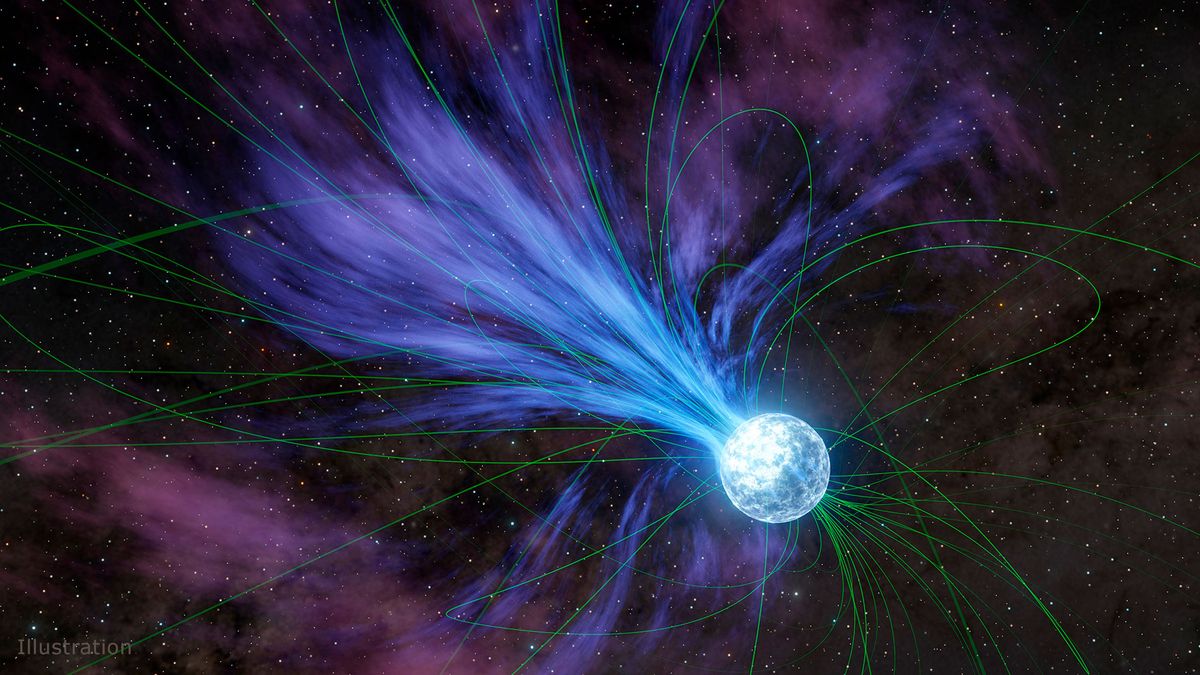Now Reading: Astronomers Explore Massive Dark Nebula 60 Times Larger Than Solar System
-
01
Astronomers Explore Massive Dark Nebula 60 Times Larger Than Solar System
Astronomers Explore Massive Dark Nebula 60 Times Larger Than Solar System

Quick Summary
- Astronomers have discovered dense stellar nurseries of infant stars in the Circinus West molecular cloud, dubbed a “dark nebula.”
- The finding was made using the DECam instrument mounted on the Víctor M. Blanco 4-meter telescope in Chile.
- The Circinus West cloud spans 180 light-years and has a mass approximately 250,000 times that of our sun.
- Despite its density and dark appearance, pockets of light from protostars and related phenomena (Herbig-haro objects) are visible during star formation.
- Protostars eject jets into space, creating cavities in dense gas while still gathering material to ignite nuclear fusion.
- The region contains planetary nebulas formed by Red Giant stars at their life cycle’s end alongside active star-forming structures.
- By observing these processes within Circinus West, researchers aim to understand stellar evolution’s role in shaping galaxies like the Milky Way.
Image Highlights:
- Features of Circinus West: Dense gas cloud punctuated by young stars seen through DECam (Image Source).
- Herbig-Haro objects created by high-energy outflows (Image Source).
- Planetary nebula marking aging stages of stars (Image Source).
indian Opinion Analysis
India’s scientific community and growing interest in space exploration can derive multiple implications from this discovery for advancing astrophysics research. Observations made with high-powered instruments like DECam deepen our understanding of cosmic phenomena such as star formation-key knowledge that informs galaxy evolution theories including those applicable to astronomical studies within Indian projects like ISRO’s Aditya-L1 mission or future telescopes planned under India’s growing space ambitions.
Globally collaborative efforts similar to this undertaking highlight how sharing observational capabilities strengthens scientific progress collectively, also presenting pathways for India to emerge as a significant contributor as newer observatories or instruments come online domestically. This study underscores exploration beyond utilitarian missions (e.g., satellites) toward broadening human comprehension about foundational universe behaviors bridging cross-bound disciplines inclusive astronomy-training systems inputs cosmology intersection globally interconnected knowledge advancement curiosity betterment lenses























